
Invented in 1959, used all over the world, established as a trusted product and now brought to you by Prince Pipes, FlowGuard Plus CPVC plumbing systems are built to last for generations. Designed for a service life of 50 years, these CPVC pipes and fittings can withstand temperatures up to 93ºC and are ideal for hot and cold water applications. NSF certified for Prince Flowguard Plus One-Step Low VOC CPVC Cement Medium Body Yellow only.
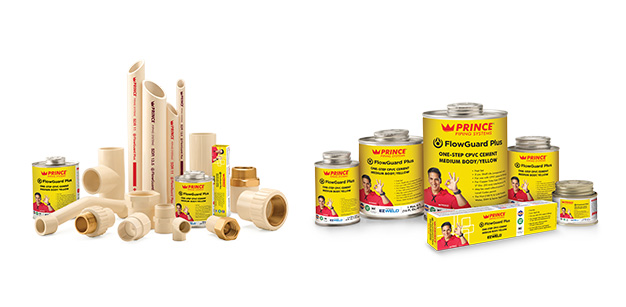

Lubrizol�s NSF/ANSI 14 certified TEMPRITE� 88619 TAN 311 & TEMPRITE� 88096 TAN 311 CPVC compound respectively

Suitable for use up to 93�C

High tensile and impact strength

Freedom from toxicity, odours and tastes

Low thermal expansion

UV resistant

25% Higher pressure bearing capacity at higher temperatures

Consistent product quality

Peace of mind assured
Fire retardant
No corrosion, leakage, scaling and pitting
Lowest bacterial growth

Indoor and outdoor Installations of hot & cold water plumbing lines

Solar water heaters

For concealed, downtake & terrace looping
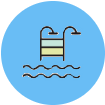
Public utilities & swimming pools

Residential & commercial buildings
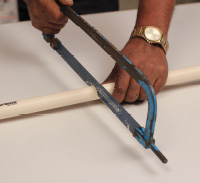

It is imperative to mark the pipe from all sides so that pipe is cut with the help of a hand saw. It should be a right angle cut from all the sides. The cut piece should not be with burr on edge.


Do not cut/slant unevenly.
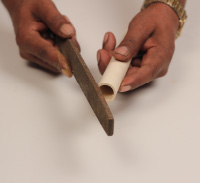

After cutting, the pipe needs to be chamfered from the outer sides. It is advisable to provide approximately 2mm wide,150 chamfer on spigot end.
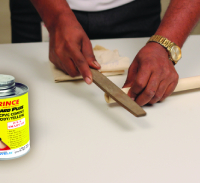

Do not proceed with installation of pipe without chamfering.
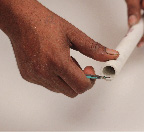

Remove all the burrs and ridges accumulated on the inner as well as the outer edges of the pipe with the help of a deburring knife, file or abrasive paper.
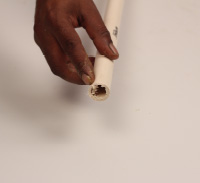

Do not proceed with installation of pipe without deburring.
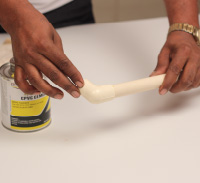

Before applying solvent cement, insert the pipe end into the socket of the next pipe or fitting to check that interference occurs at about 1/3 to 2/3 of the socket depth.


Do not apply solvent cement without dryfit test.
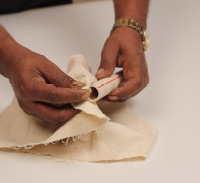

Thoroughly clean the pipe with dry cloth where the solvent cement is going to be applied to avoid dust, dirt, oil, moisture and other foreign materials during the installation process.
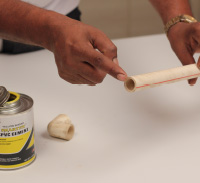

Do not join the pipes without cleaning the pipe ends.
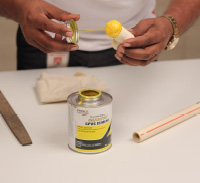

Mark the pipe length to be inserted for jointing. Apply a liberal coat of solvent cement with the help of the brush on the marked surface.
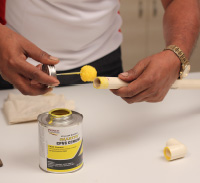

Do not apply excess solvent cement on the pipe and do not use solvent cement by hand.
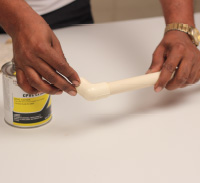

Push the pipe inside the fitting / pipe so that it goes inside equally from all the sides. Wipe off excess solvent cement that comes out from all the edges. Hold the joint for one to two minutes so that the jointing is perfect.
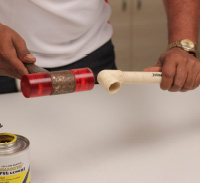

Do not use a hammer or half push the pipe.


Pressure testing may be carried out after a curing period of 24 hrs.


Pressure testing should not be done before 24 hrs of curing.